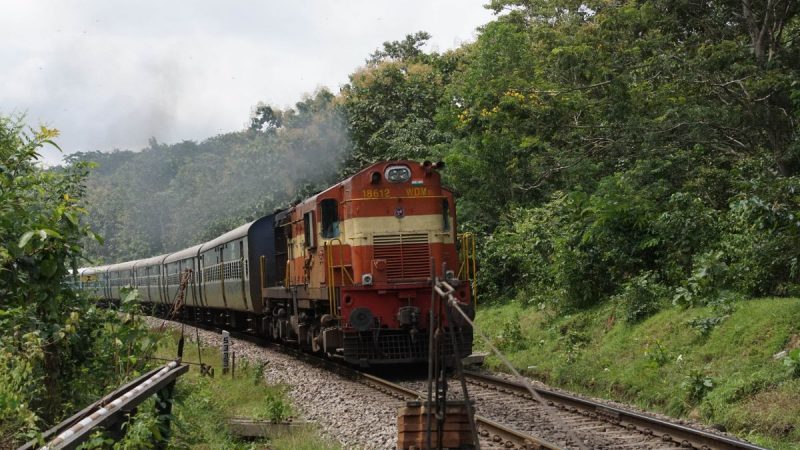Indian Railways is making a significant step forward by deploying Kavach 4.0, an advanced Automatic Train Protection (ATP) system that will enhance the safety and efficiency of train operations. Approved by the Research Designs and Standards Organisation (RDSO) on July 17, 2024, this cutting-edge technology will be operational on the 3,000-kilometre Mumbai-Delhi and Delhi-Kolkata rail routes by March 2025.
Indian Railways Set To Implement Kavach 4.0

Kavach 4.0 is an upgraded version of an existing ATP system, designed specifically to address the complex communication and operational challenges posed by India’s diverse geographical conditions. Kavach 4.0 is engineered to function seamlessly in hilly terrains, forested areas, coastal regions, and deserts. It ensures the safe and efficient movement of trains across the country.
The Railway Ministry has approved the installation of Kavach on 10,000 locomotives over the next two years. They will equip an additional 10,000 locomotives in subsequent phases. Indian Railways will soon invite tenders for installing Kavach on other key routes. These include the 3,300-kilometre Mumbai-Chennai and Chennai-Kolkata corridors.
Indian Railways plans to commence installation on these routes by October 2024, extending Kavach’s reach to more critical sections of the network. They will also install the system on approximately 5,000 kilometres of all automatic signalling sections.
Also Read: Kavach Deployed In 139 Locomotives, Revolutionising Rail Safety With 1465km Shield Across Tracks
Increased Installation Capacity

To meet the ambitious rollout schedule, the Railway Ministry has significantly increased its installation capacity. Previously, Indian Railways could only install Kavach on 1,000 kilometres of track per year. However, with the new enhancements, the capacity has been quadrupled to 4,000 kilometres annually.
The goal is to further increase this capacity to 5,500 kilometres per year, which will enable the system to be operational on new routes within three years. This scaling up of capacity is a crucial factor in ensuring that the project stays on track and meets its targets.
One of the primary objectives of Kavach 4.0 is to eliminate red-signal violations, which are a major cause of train accidents. The system automatically applies brakes to prevent trains from passing red signals if the driver fails to act.
Also Read: Helicopter Crash In Nepal’s Mountainous Terrain Near Kathmandu Claims Lives Of All Five On Board
This feature is expected to reduce the risk of collisions, derailments, and other accidents that human error causes. By automating these critical safety functions, Kavach 4.0 significantly enhances the safety of both passengers and railway staff.
Cover Image Courtesy: Canva (Representative Image)
For more such snackable content, interesting discoveries and the latest updates on food, travel and experiences in your city, download the Curly Tales App. Download HERE. First Published: August 08, 2024 3:11 PM




